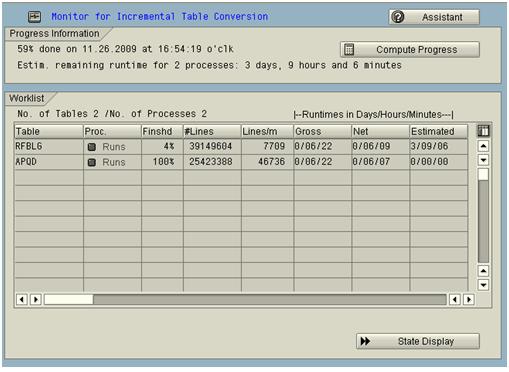My earlier blog explains the benefits of ICNV, in this blog I tried to cover the steps with screen shots for the ICNV execution.
ICNV is a configurable process that can be can be stopped and restarted. It allows for the conversion of large tables during system uptime. It is recommended that you execute ICNV as early as possible. This requires more careful planning. ICNV is only available if you are using the downtime-minimized upgrade strategy (High resource use).
Execution
If you have tables that might benefit from incremental conversion, then the system asks you in phase ICNVREQ to start transaction ICNV, leading to the following:
The system asks you:
- Which modified tables you want to incrementally convert back to the standard SAP table definition
- Which non-modified tables you want to incrementally convert
Steps
SAPup will prompt you to start ICNV during the Upgrade process

Start the incremental conversion (Login with TCODE ICNV – Source environment)

Select Tables for Incremental conversion



Start Initialization followed by Data Transfer

Monitor the progress


Monitor the ICNV process & the DB growth closely. ICNV requires additional resource usage of the database, as well as a sufficient number of background work processes. It is also recommended that you execute ICNV as early as possible. This requires more careful planning.

Continue Upgrade process (SAPup)
The system estimates the time taken for the conversion, so helping you to plan the start of the upgrade. Large tables are converted during uptime but the switch to the new structure is made only during downtime(PARCONV_UPG).
